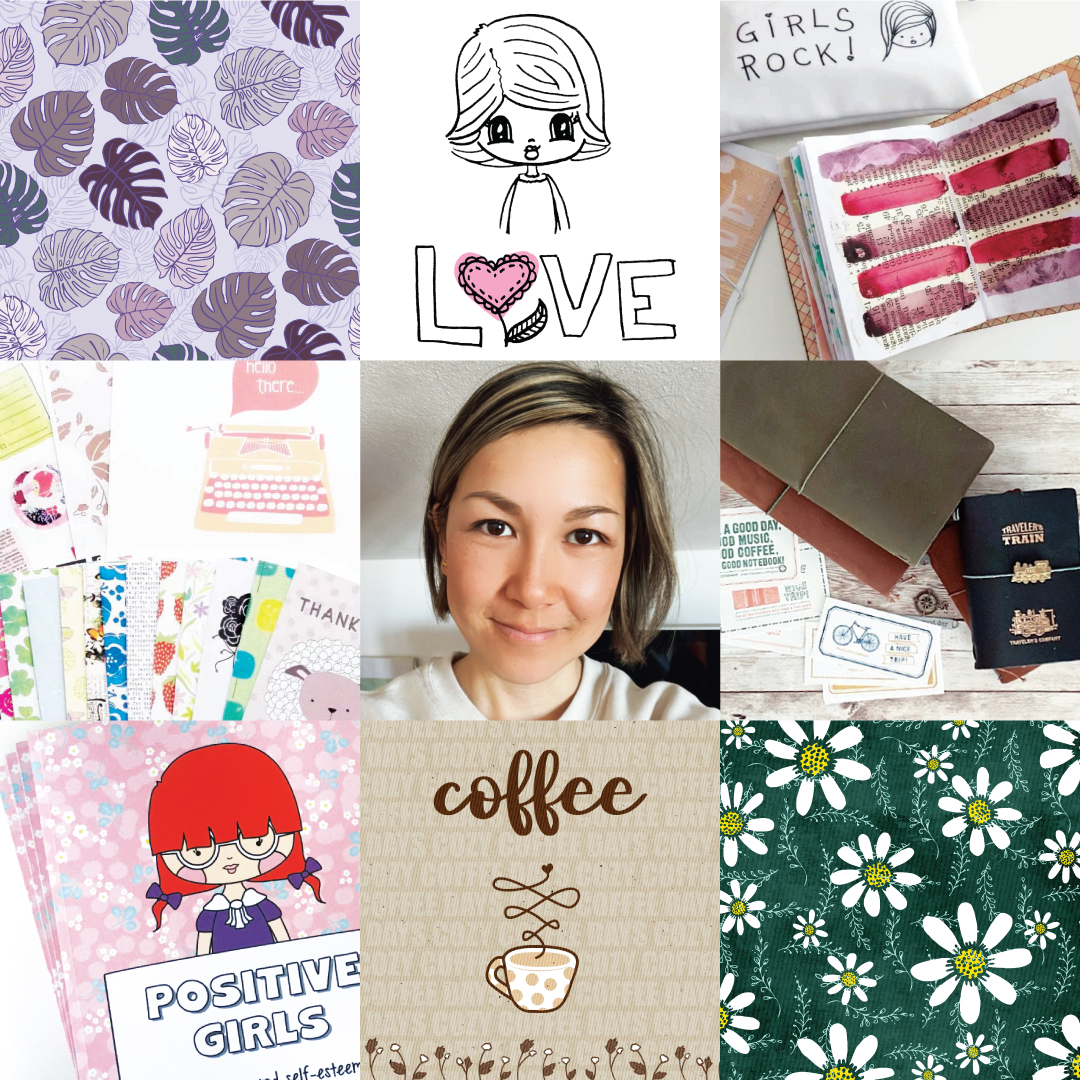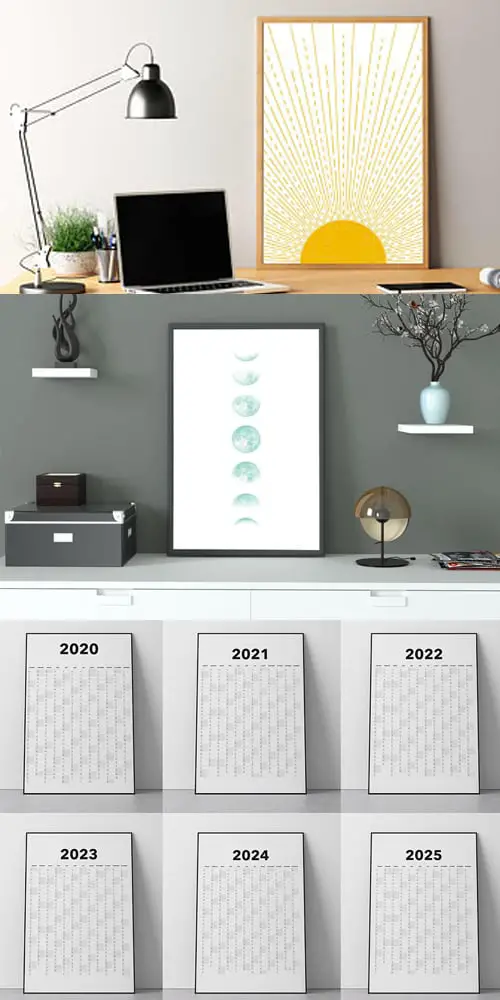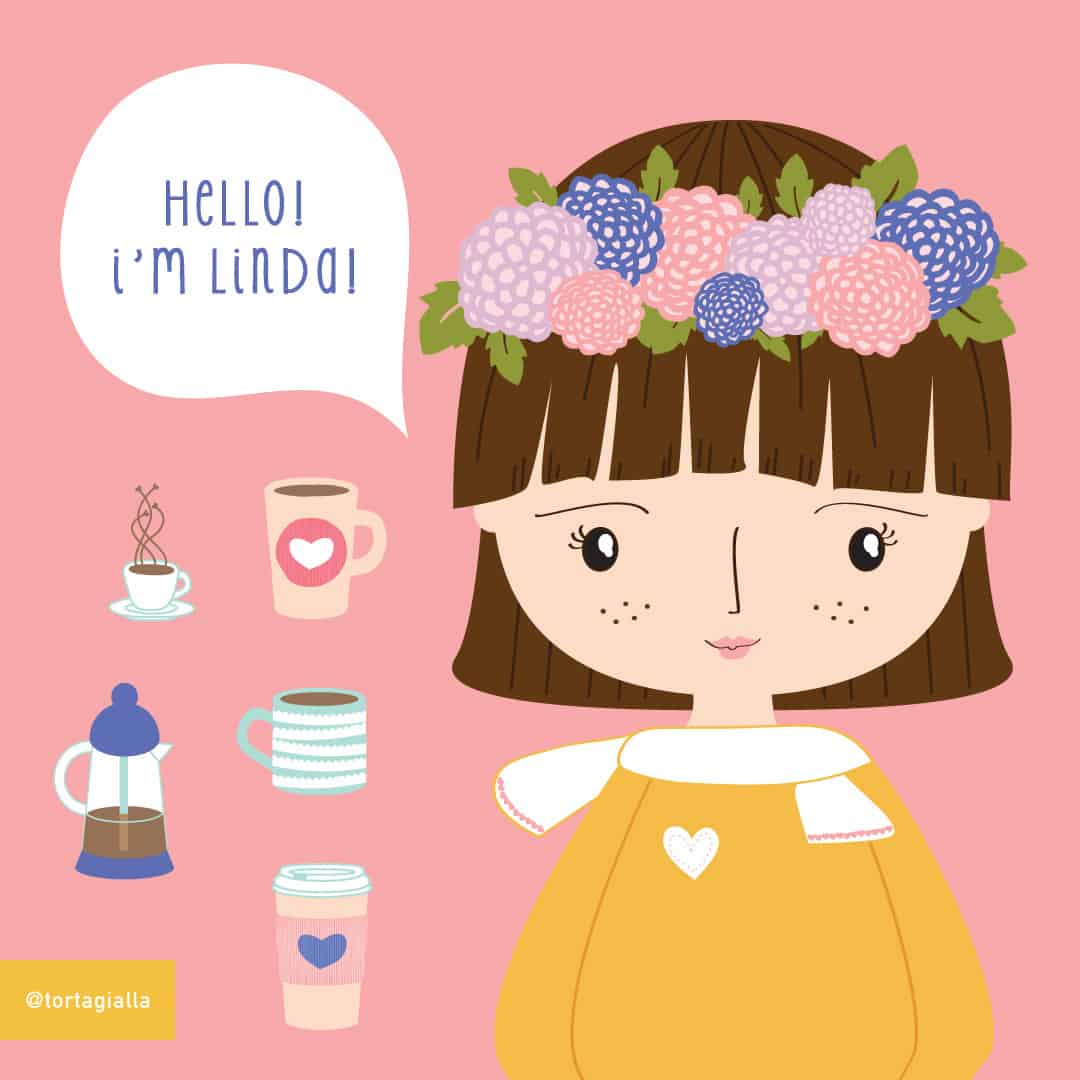I’m probably not the first person to have fallen in love with Copics before truly understanding how it all works.
I had first been exposed to the Copic brand through the manga community and used their black multiliner pens for drawing. But after seeing the beautiful coloring techniques of many cardmakers and scrapbookers – I really wanted to dive in myself! But going on a whim, I bought a few sets of Ciao markers that I saw at the art store…which turns out to be a bad approach to buying these types of markers. Now I have a mix of colors that do not necessarily go together so easily. However, I don’t think you MUST buy the various shades within a color family in order to make use of Copics. It ultimately depends on how you plan to use them and if possible, you should try them out at a friend’s place or do a bit of research to see what you prefer.
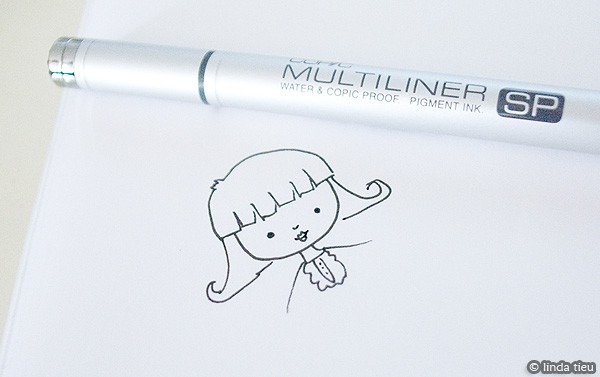
If there is a certified instructor or a presentation going on about Copics at a store, you should definitely attend.
They basically go through the foundations, so that you understand the color system and how Copics are used, usually with demos right there in front of you. Then you will be able to make an informed decision when purchasing. There’s a video by Scrapbook.com about Copics that gives you some basic information about the markers. I love Copics because they are refillable. It’s basically in the vein of buying something of quality that you can keep using, replacing only the consumable parts. Even the Multiliners are now refillable! Finally, the most important thing is to learn the Copic color system and what it all means. Those letters and numbers are very important and you should not just go by the cap color.
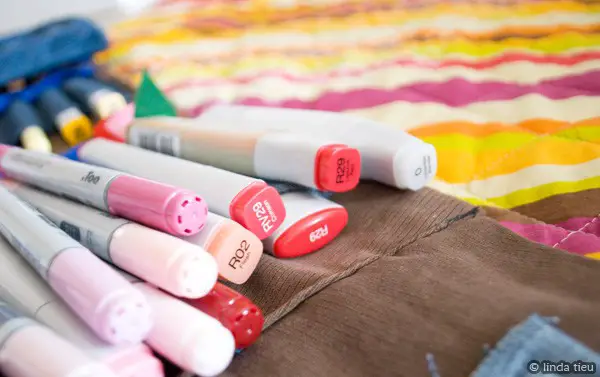
The FAQ on the Copic website explains the color system and if someone explains in person it will make more sense, I think. After I finally got it straight in my head, I realized that buying markers in sets of 3 per color makes a whole lot of sense. You basically want markers in the same color family and same first digit for the same saturation level. Lower numbers are more vibrant and higher numbers get more dull or grayed out… the final number is for the lightness or darkness – that’s why crafters buy sets with the last digit just 2-3 away from each other. For example, if you want to create a blended blue-green color, you might buy BG01 (lightest color), BG05 (mid-tone) and BG09 (strong shadow). Those three markers would allow you to blend it all nicely to get the gradation. This really does mean that for each color, you should have the markers to cover the light, mid-tone and dark range. For crafters, I think suzannejdean is one of the most popular on YouTube. She shows you how she colors super cute digital stamp images with the exact marker colors she uses.
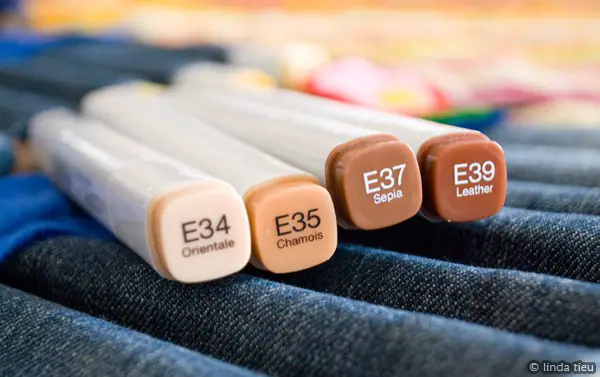
However, I should note that the multiple shades in the same color family isn’t the only way to use Copics.
In fact, if you learn from a manga artist…they don’t actually use those rules of buying markers. Think of paints that an artist might buy…a teacher might recommend a palette to beginners, but everyone develops their own preferences in the use of color. Same with Copics. In fact, I also just like Copics as markers without any blending. They are just kick ass markers!
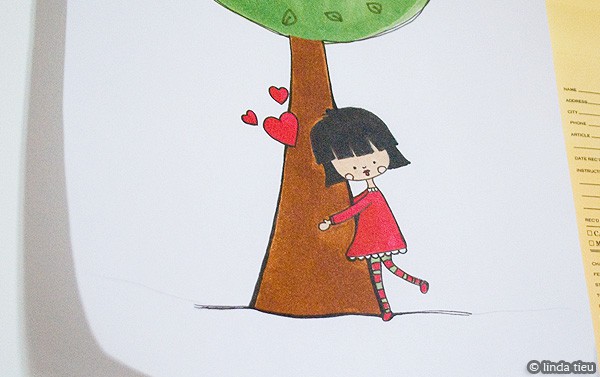
And as with anything tool, the more experience you have the better you are at using it. From the manga world, we learn that you can apply blending solution to your paper first to create a wet surface to work on…think watercolor techniques…only it’s alcohol and dries a lot faster. You can feather different colors into each other, layer on top various colors to mix and use an external palette. In fact, you can buy empty copic pens and use the various color refills to mix your own colors. I know, getting complicated. The point is to say the markers are powerful tools…like any other artist medium.
Some tips I’ve learned from attending a presentation and my own experience…
You really can use any kind of heavy paper. This goes back to the old saying of how the tools don’t totally matter…in the hands of a master, regular heavyweight copy paper was colored on beautifully! Copic still bleeds through, that is part of how the marker is used…so just make sure to have backing scrap paper when you color. Otherwise the non bleedproof papers by Copic are super thin, but have a coating on the back to try and prevent bleedthroughs. I say try because it does depend on how heavy handed you are. If you try to make it bleed, you can!
Try not oversaturate your paper, keep a light touch! I know many tutorials tell you to saturate the paper, but going overboard is what causes all the bleeding out of lines. Practicing with the paper will help you get a hang of how much ink to apply.
Copics can be used on many different surfaces, not just paper…so extremely versatile type of marker.
You can blend completely different colors!
You can use the marker directly, use your blender pen and touching it to the marker tips to get only a bit of color or create your own external palette by putting colors on a plastic sheet.
Another thing I saw, were artists putting down the colorless blender first then feathering strokes on top. They kept using the blender to smooth out edges, leaving white space as well, not necessarily coloring every spot in. The brush tip is used just like a paintbrush.
You can leave the white of the paper for highlights or use white paint, white gel pens or even white out to add touches of highlights to your final work.
The colorless blender refill can be dropped onto color to create cool effects – very much like alcohol drops on acrylic paint. Suffice to say, there’s lots to explore.

I found more videos of crafters who use Copic and you can see a different style here and here. You can also find out more information and updated color charts at the Copic Marker website. I’m still learning a lot, but found that after meeting instructors and seeing demos finally felt more confident in purchasing. Hope I’ve provided some helpful information to spread the Copic Love! If there are ever certification classes here in Italy, I would jump for it immediately. Copic coloring is super fun whether you like the blending methods or just plain coloring!

